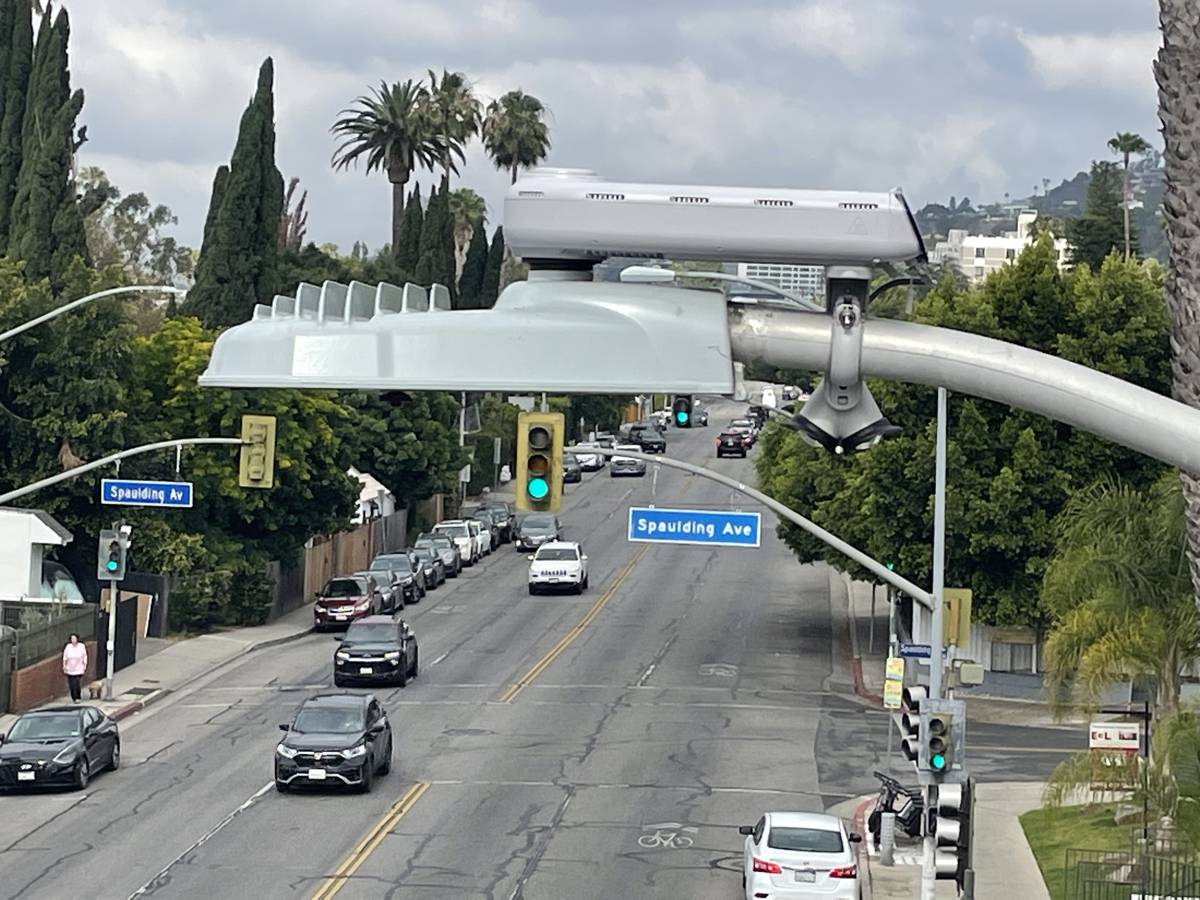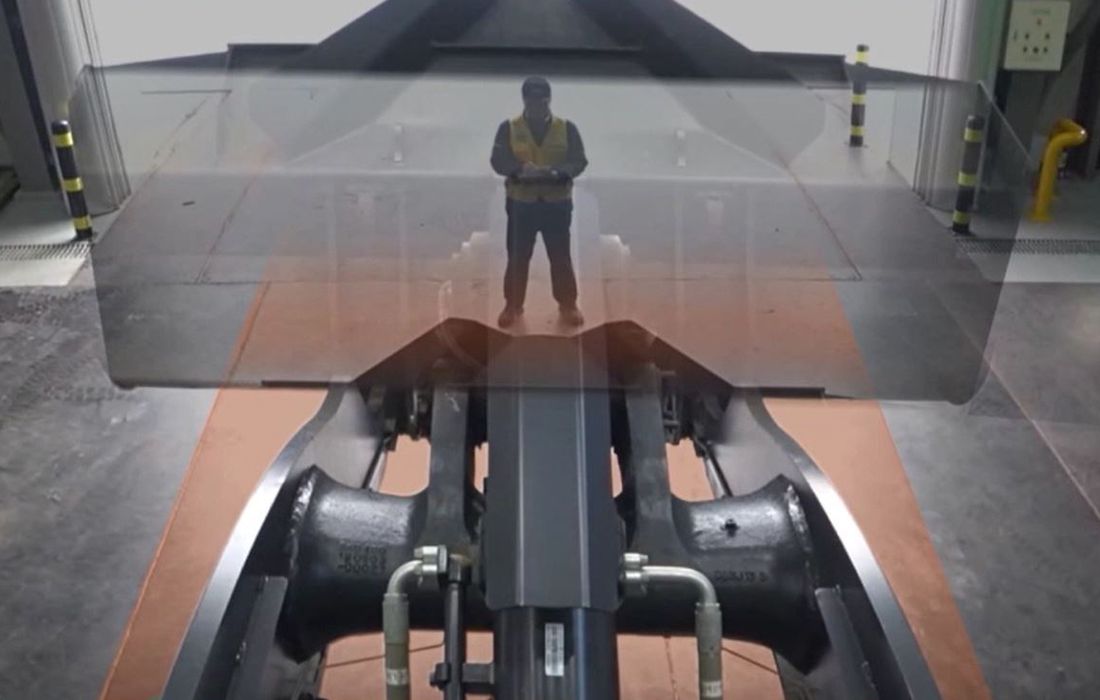Is Hybrid Connectivity the answer to safer Smart Motorways?
Whatever the Government decides when it’s completed its review of the paused smart motorway programme in England, digitisation of road and land communications is here to stay.
The short-term concern for the government is the degree of safety – or not – of people and vehicles stranded in the ‘hard shoulder’ lane of an all-lane running smart motorway. A decision will eventually be made, either to halt the initiative in its tracks, or find ways in which technology can reduce or remove that risk altogether.
One thing is certain, however, the juggernaut of digitisation of highways and connected vehicles will not be halted, and nor should it be. Simon Hill, chief technical officer at connectivity solutions business, Excelerate Technology, explores how ubiquitous and ‘hybrid connectivity’ is underpinning smart technology in a wide range of highway and transport settings.
The role of connectivity in smart motorways
Connecting physical sensors on a road surface wirelessly to software infrastructure, incorporating AI and Big Data about the highways, is at the heart of smart motorways technology. The objective is to enhance the fluidity of traffic without compromise to life or safety. It also has the ability to reduce the significant environmental impact of congestion.
However, all of this is dependent on utterly reliable connectivity. In theory, even a millisecond of outage could be the difference between five minutes saved on a journey and catastrophe that at all costs must be prevented.
Smart motorways employ a variety of traffic management techniques including variable speed limits to mitigate broken down vehicles and congestion, as well as using the hard shoulder to facilitate improved traffic flow and capacity when needed. This has been vital in busier areas where congestion is frequent.
However, traffic management relies on sensors and cameras collecting the data necessary in determining optimum traffic flow configuration. Meanwhile, vehicle drivers themselves are kept up to date via display panels on overhanging gantries.
For this to function, live data is transmitted in myriad directions, literally from tarmac to control station, gantry, driver, dashboard, right through to, one day, autonomous vehicle systems.
The future of smart motorways
All of this relies on 100% connectivity, regardless of remoteness, access to or the contention ratio (shared use) of existing networks.
For this reason, it is critical that all risks to outage are thoroughly thought through at the outset and solutions embedded that guarantee uptime under any conditions. It also means building in enough contingency that no single bearer can break that critical information chain. Solutions such as satellite and 4G / 5G can provide a ‘hybrid approach’, and it is this bonding process of different bearers (satellite, cellular, etc) that is increasingly playing a critical role.
These and other developments will support the ever-closer integration of data and connectivity in managing road and other transportation systems. One such initiative has secured a €1.2 million funded project from the European Space Agency and is ITS Equant, a newly formed consortium that aims to use satellite systems to support safer roads and facilitate greater use of autonomous vehicles.
The consortium was formed by Valerann, a London technology business specialising in cutting-edge intelligent transportation and road traffic management systems, alongside my own company, Excelerate Technology, which specialises in the delivery of resilient connectivity systems including satellite.
The project, which was secured with the help of the Satellite Applications Catapult, will help Valerann leverage satellite communications and GPS technologies to make its system both scalable and – crucially – available as an off-grid solution. The result is more efficient traffic and safer self-driving vehicles that can be deployed on any road, regardless of whether these roads have existing connectivity. Currently, over a third of all UK highways don’t have stable 4G connectivity, and in some cases, no cellular connection whatsoever, so the case for greater use of hybrid technologies is obvious.
So how does it work? Valerann deploys IoT sensors that can replace existing road markers. The sensors detect vehicles passing in their vicinity, and the information is wirelessly transmitted to Valerann’s server. In addition, Valerann utilises our very own cameras and the live feeds also feed into this same system. The technology uses AI and machine learning algorithms to identify potential issues, provides road managers with the precise real-time location and trajectory of vehicles on the road. This can then help to predict and prevent collisions or issues. It can also feed into digital signage to warn drivers of issues more quickly.
The challenges are to anticipate the needs of autonomous vehicles and developing the technology to work in a self-driving vehicle and communicating information to drivers in a user-friendly manner.
Data can be drawn from diverse sources, from cameras (cctv) and GPS, reports coming through on social media – it could even come from news sources and potentially in future, vehicles themselves – but the challenge is to link these sources and understand the relationship between the sources. The Valerann interface aims to bring all of these data sources together to deliver accurate information and real time updates. My team at Excelerate Technology have been responsible for designing a way to connect all the roads and thereby harness the full potential of Valerann’s technology.
Space technology is helping the concept of fully connected vehicle infrastructure to advance rapidly. Low Earth Orbit (LEO) satellites in particular will help as they can deliver a cellular-like experience but provide a more stable connection than a cellular network. There are also cost benefits to LEO, which can be cheaper than installing fibre optic cabling. In this way, LEO and satellite will plug the gaps where installation of cellular is not economically viable.
Looking further ahead, there is the potential for infrastructure, including bridges and buildings, etc to feed into the data-gathering process needed for smart roads. And in turn, this is paving the way for autonomous vehicles to be safer by taking into account live data about hazards, collisions, bad weather and other factors. indeed, connected vehicles themselves can participate in this process of collection, storage and communication of data.
Over the next 18 months, Excelerate will be collaborating with Valerann to integrate satellite technologies fully into its Smart Road System solution for the future.
A smarter IoT future
All of this is just scratching the surface of the wider potential of these and other IoT technologies that will help forge a driverless era where safety is assured and the impact of ever larger numbers of vehicles on our roads mitigated through intelligent, intuitive and resilient traffic management solutions.
Excelerate has been at the heart of vehicle connectivity for twenty years, having developed an unrivalled reputation supporting UK first responders, from connected ambulances and fire engines to flood relief vehicle and communication systems for the Environment Agency, as well as in the marine sector. However, as the Internet of Things develops apace in tandem with the increasing power of satellite connectivity, the future of safe and more fluid road, motorway and rail infrastructure is assured, and its potential exponential.













